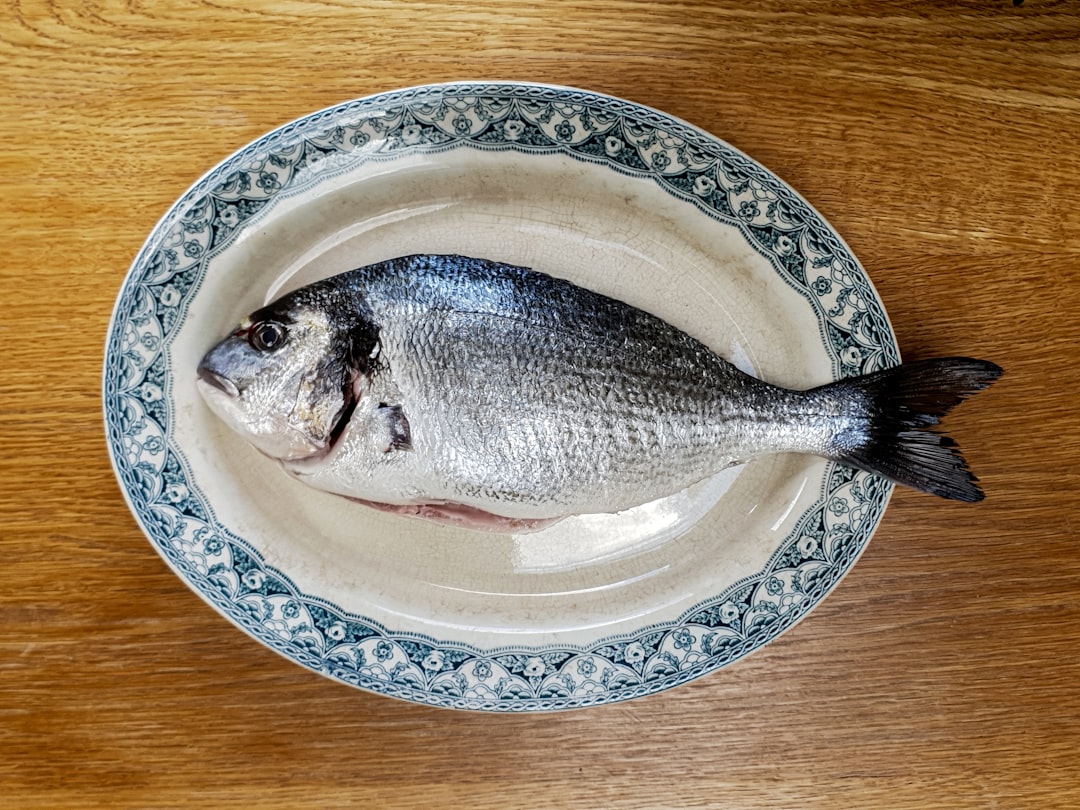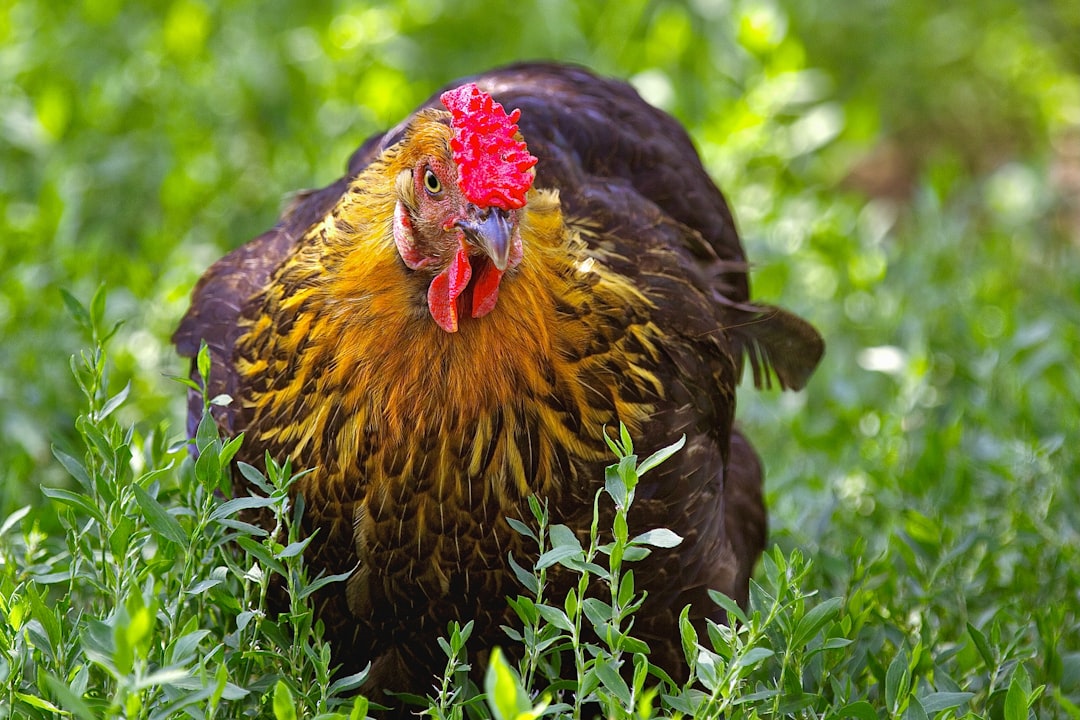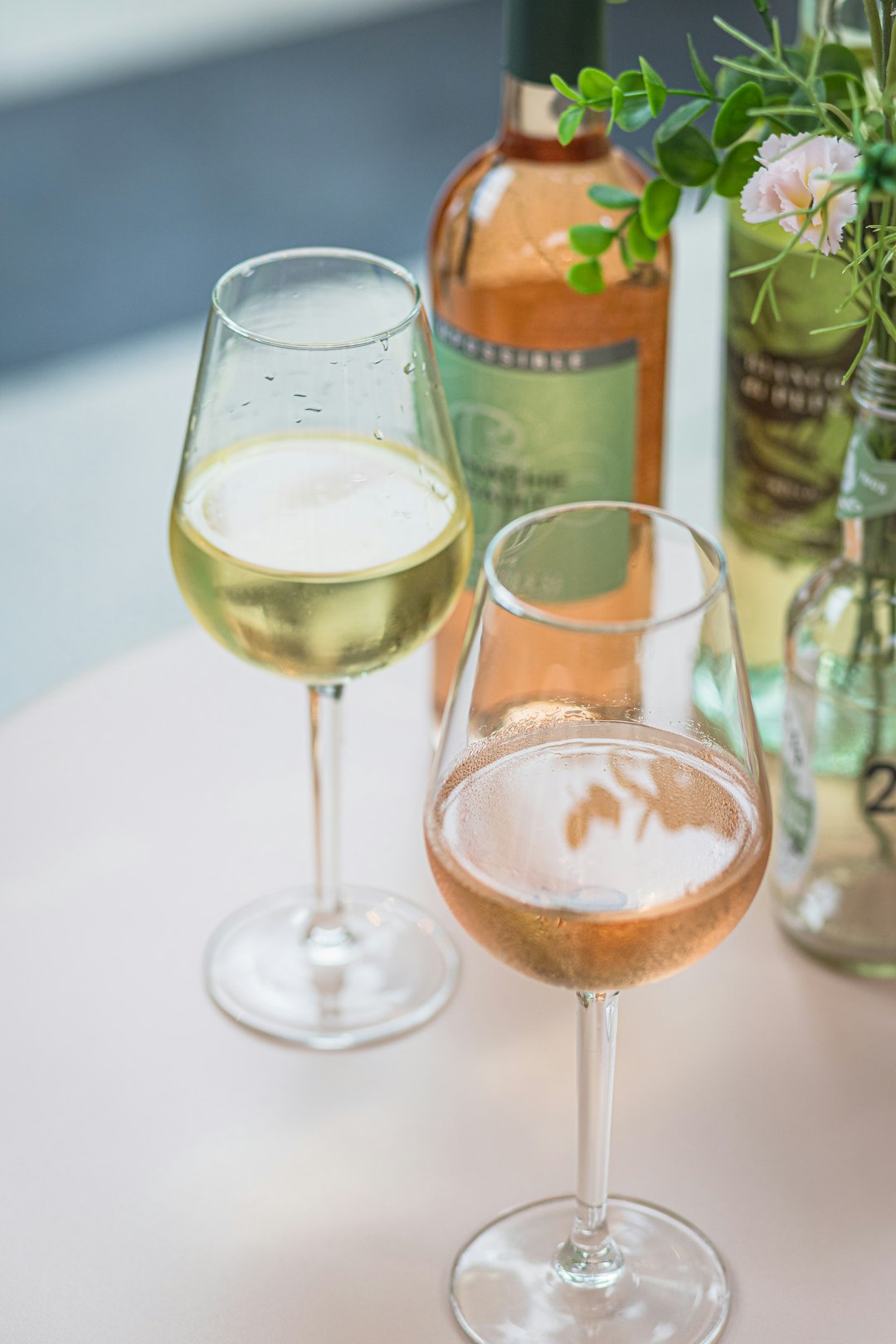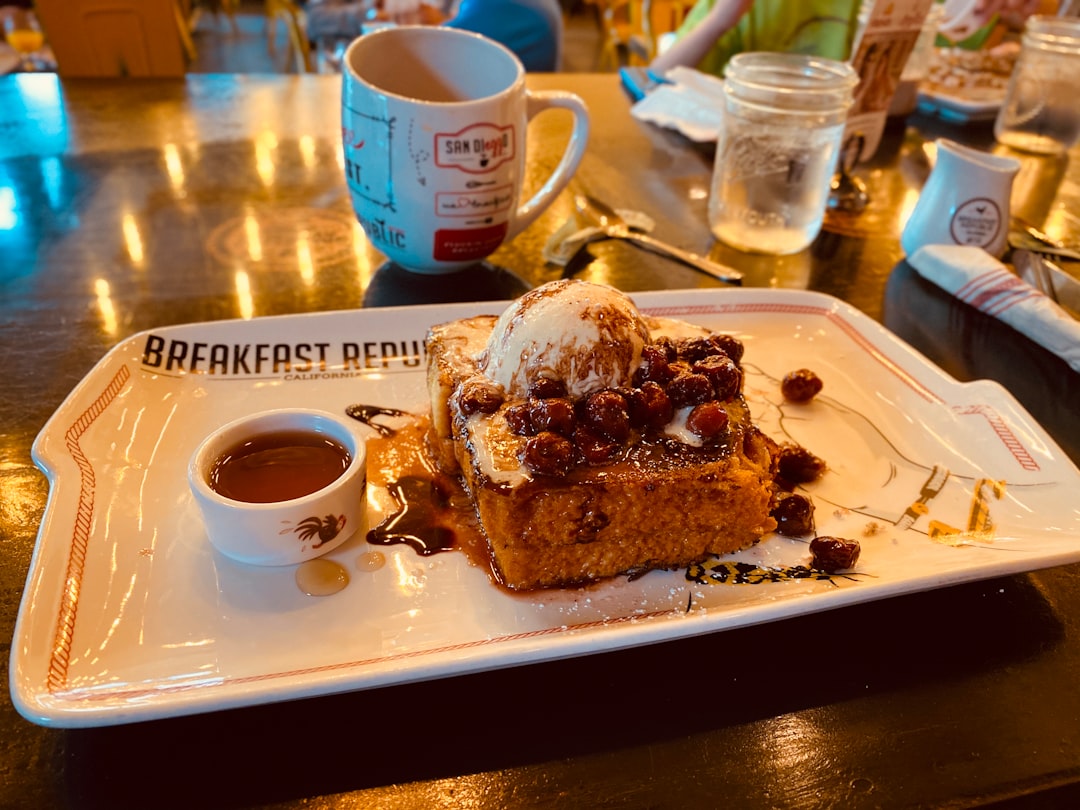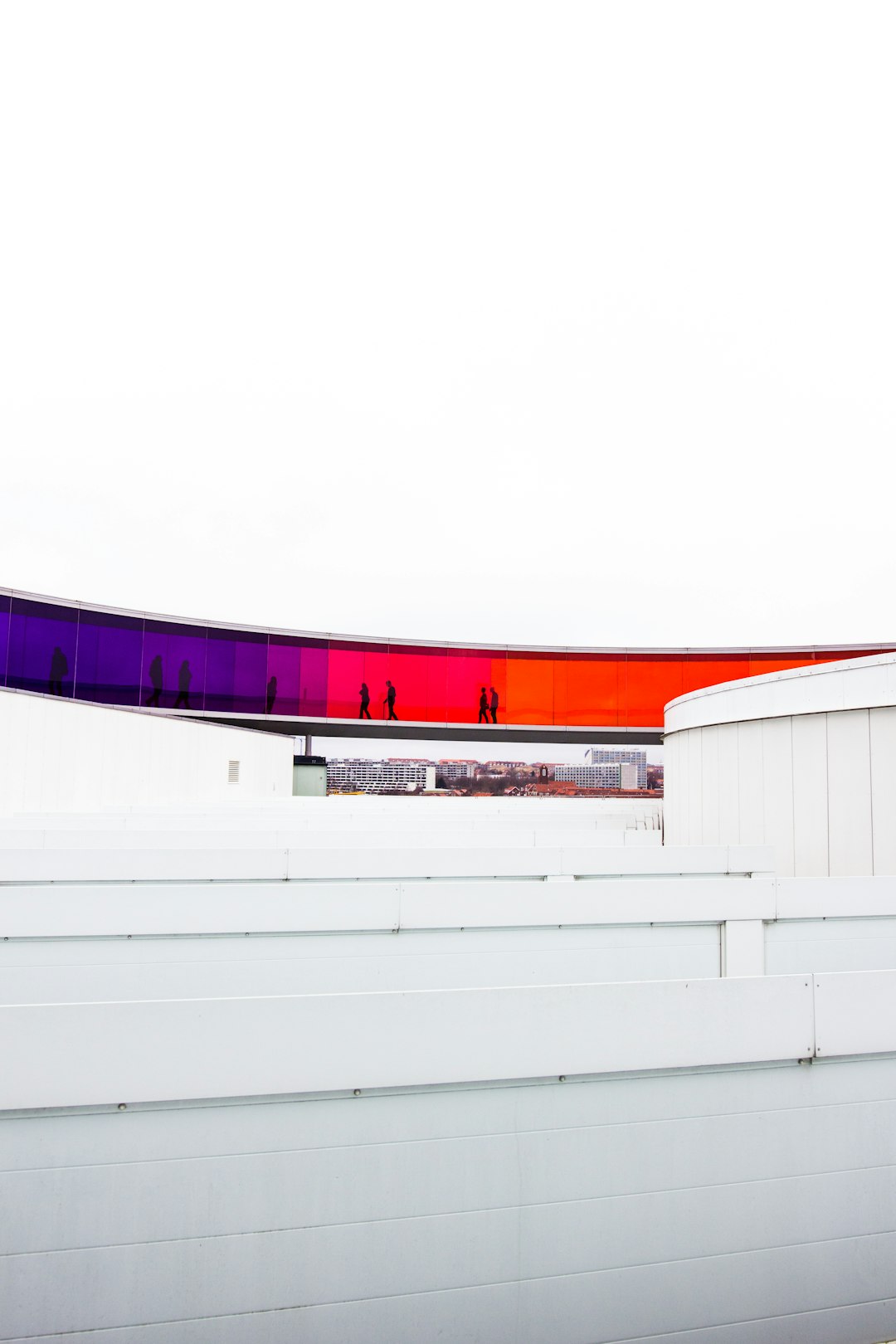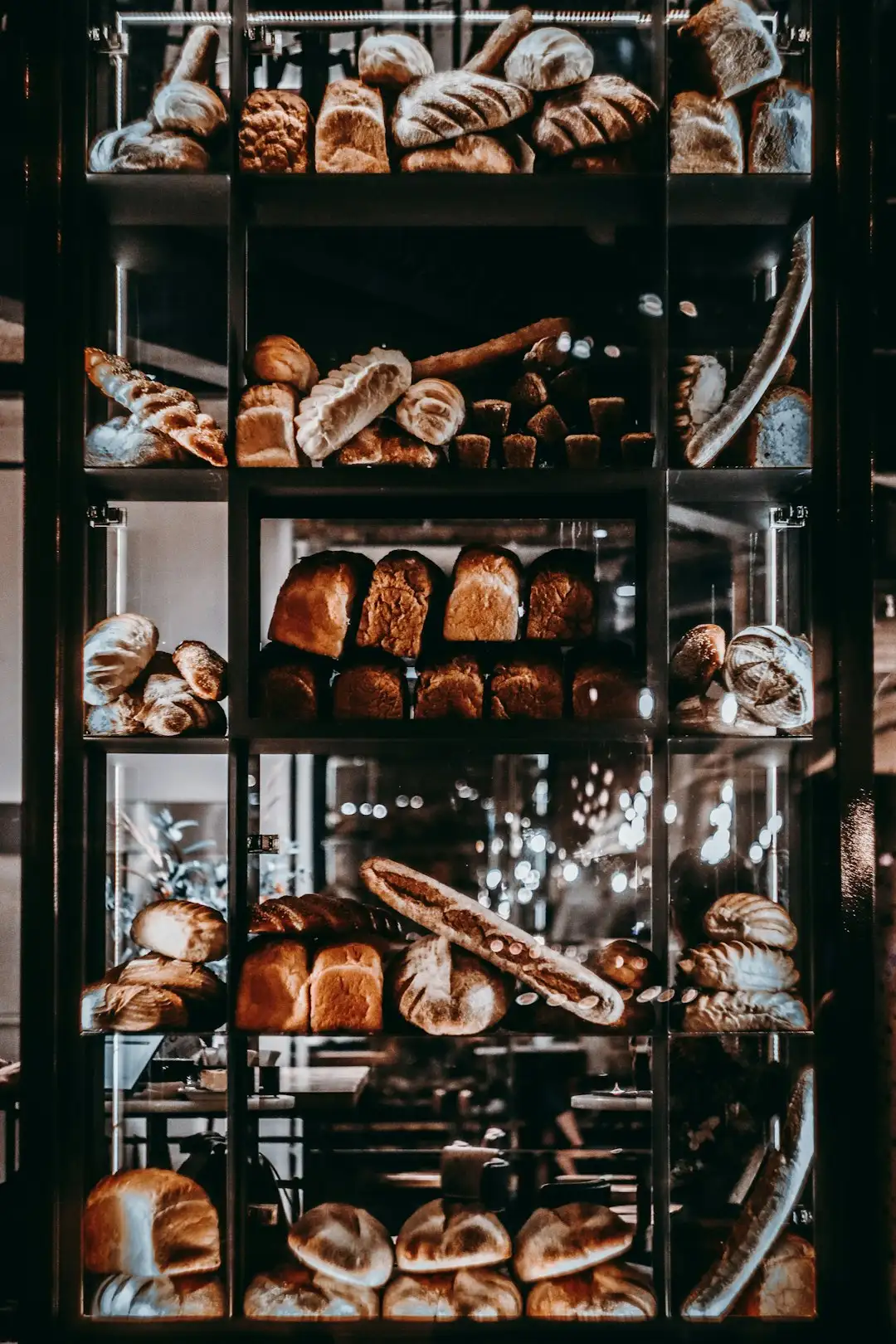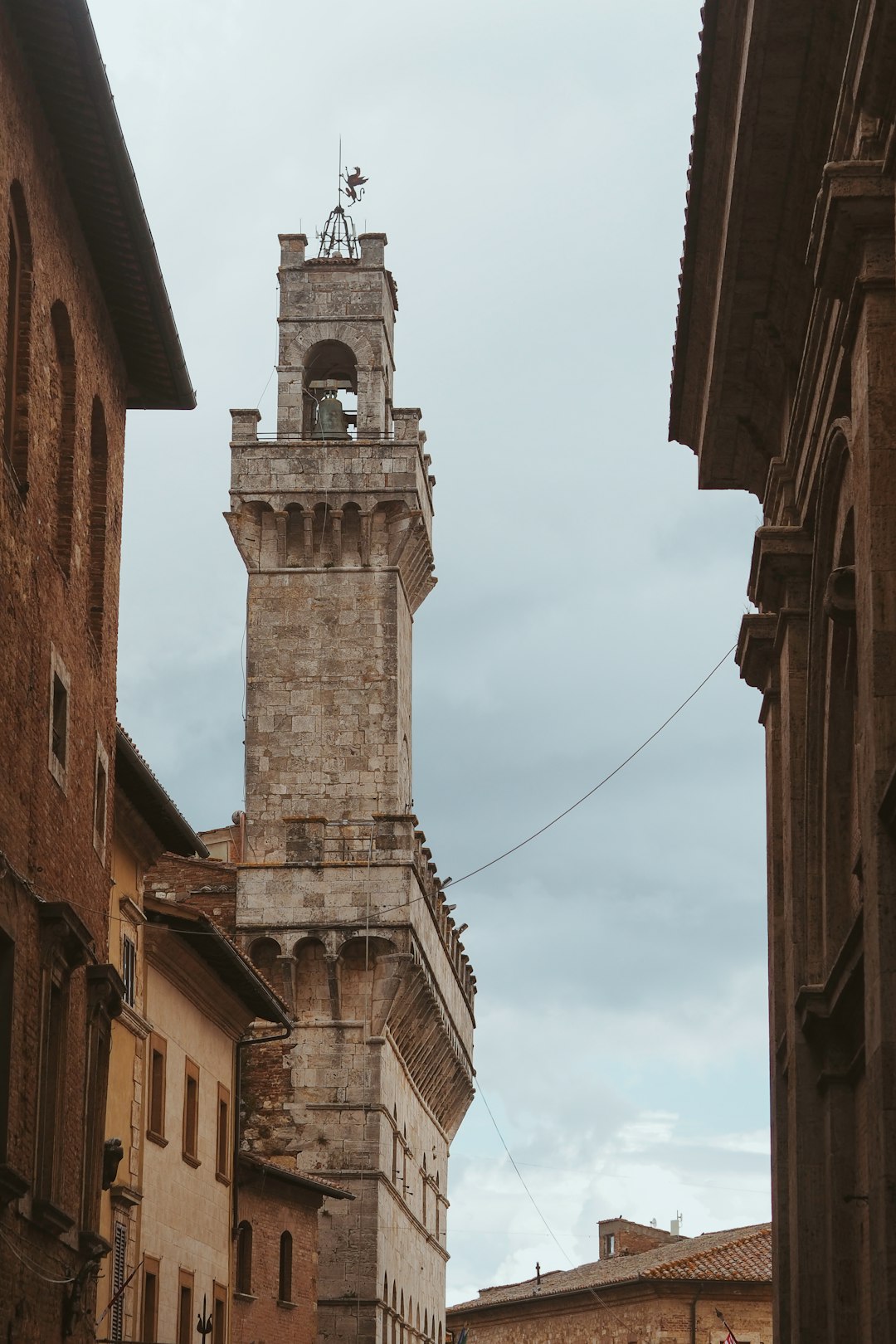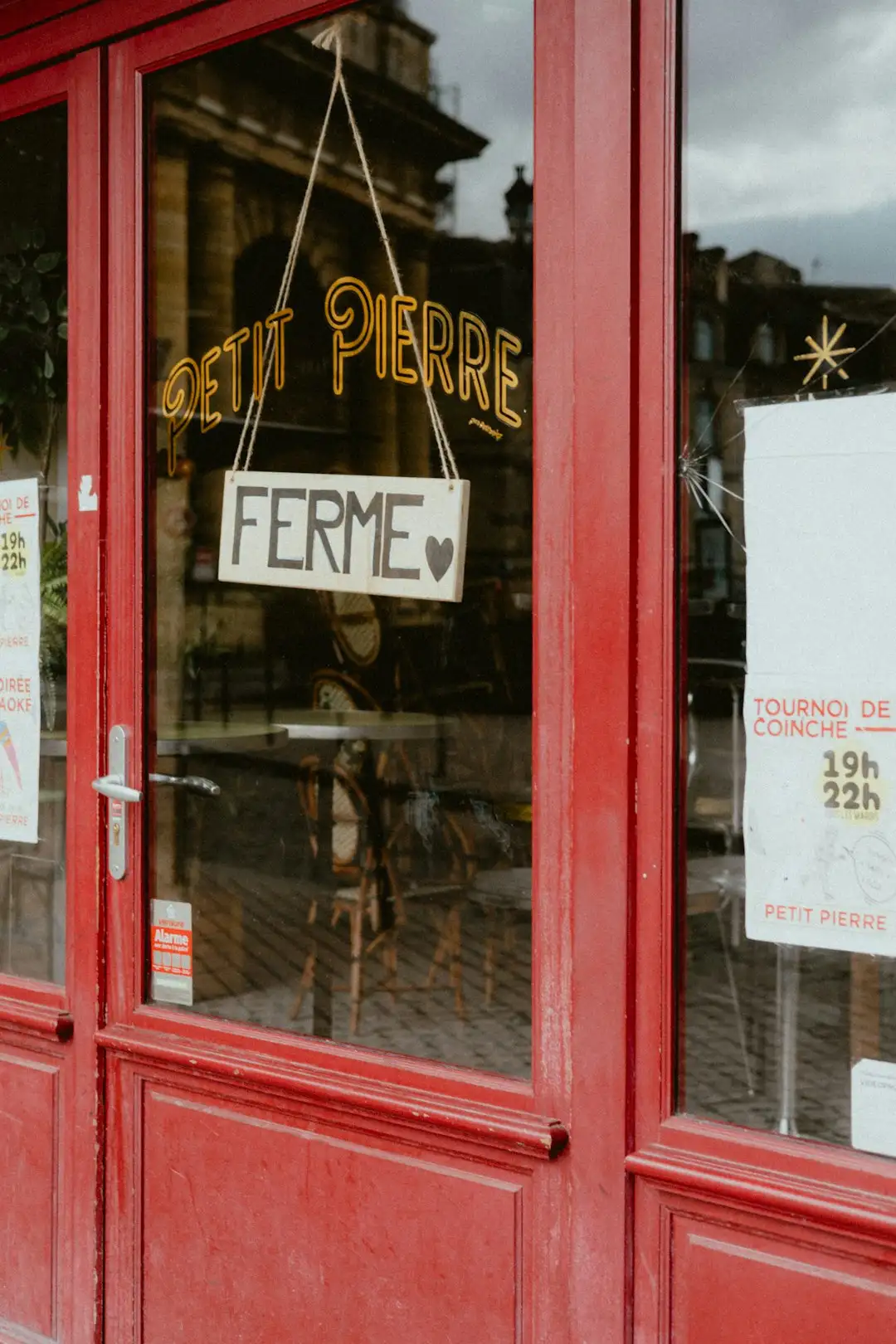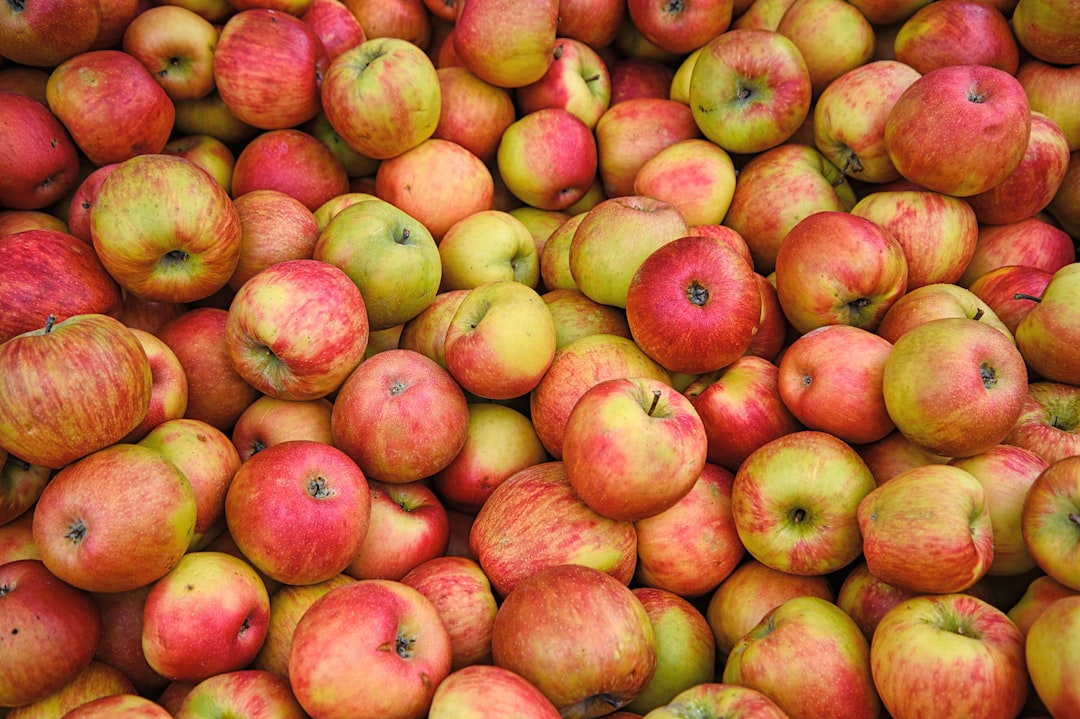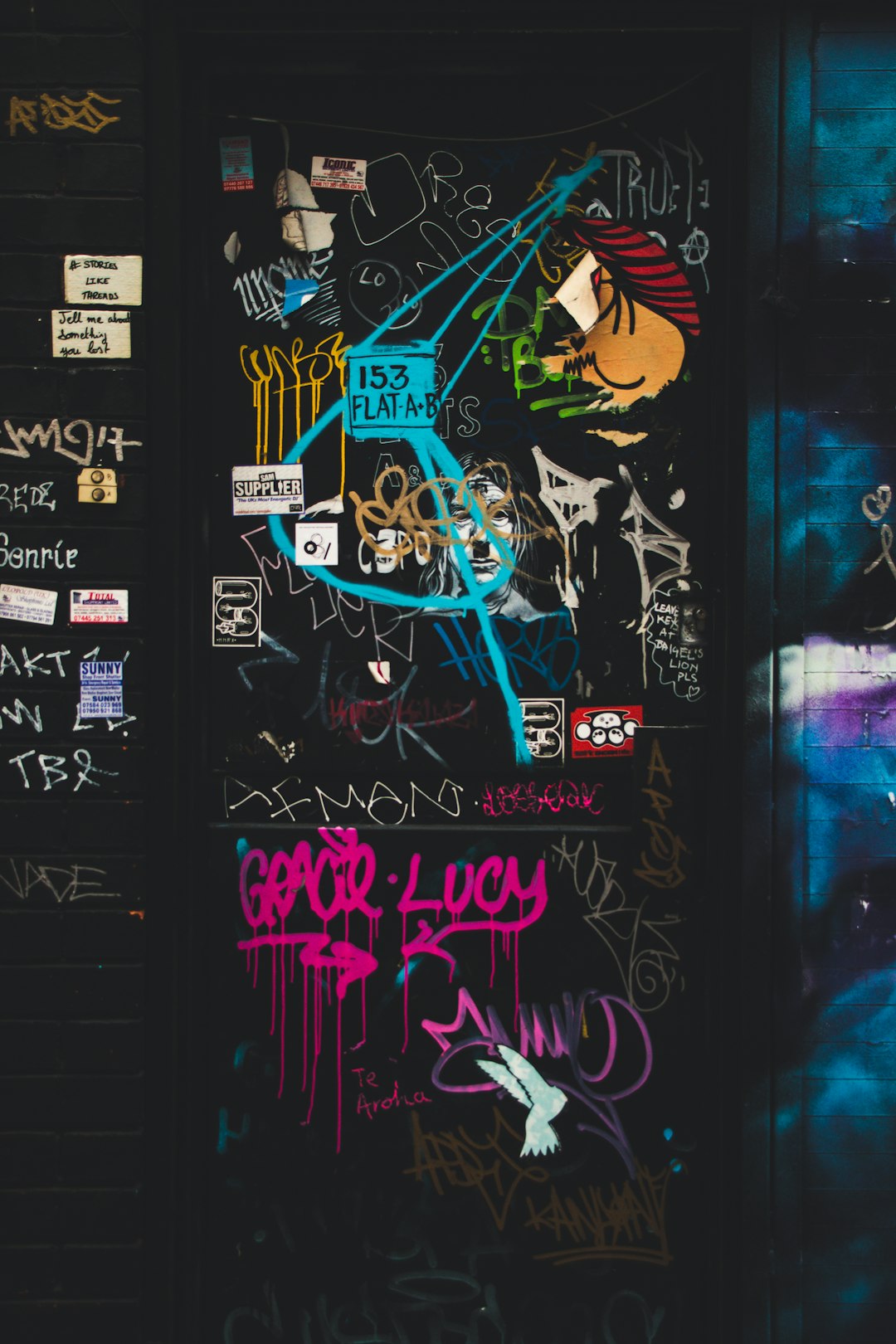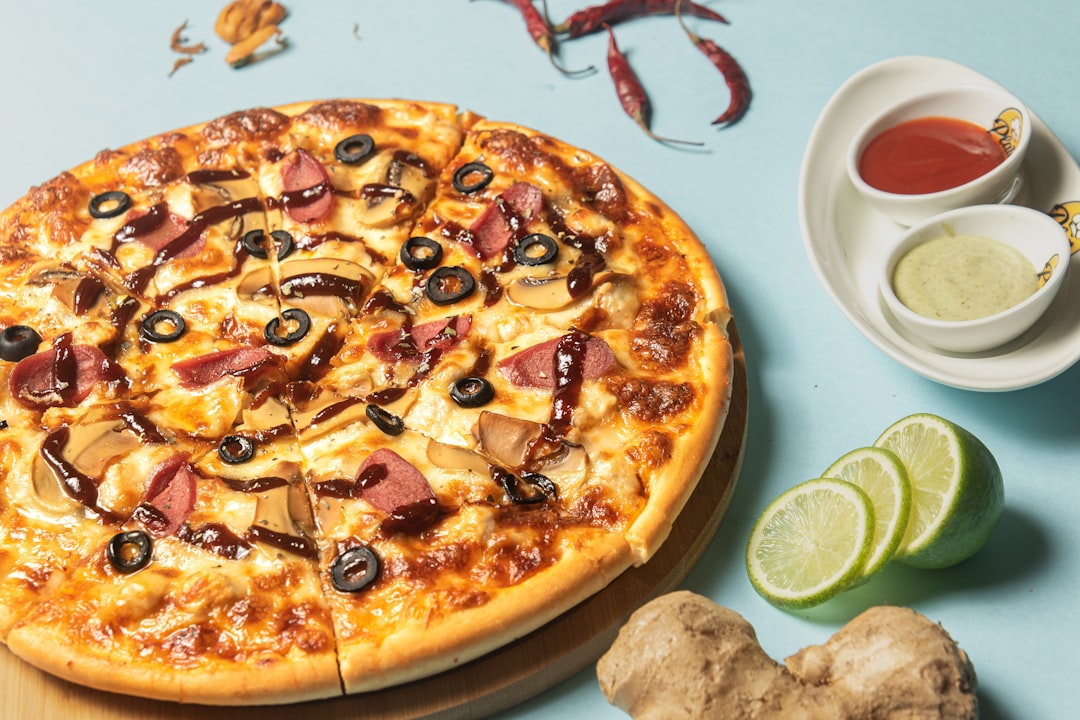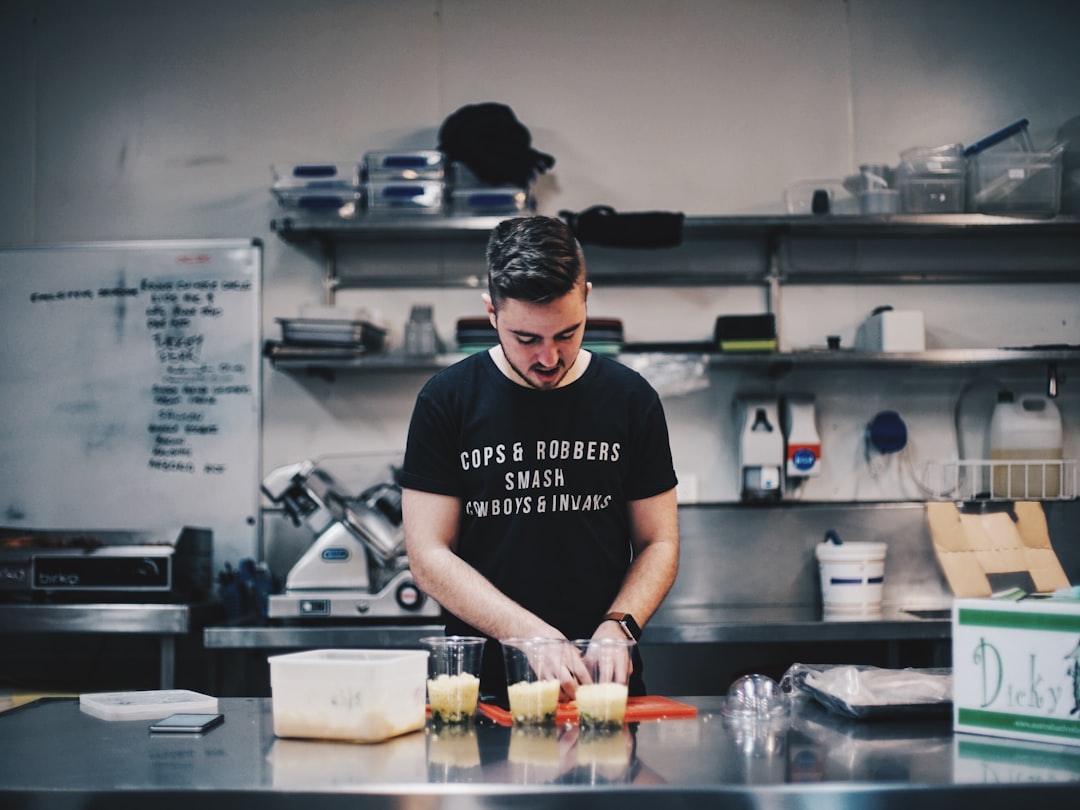
Butterscotch, a sweet and indulgent treat, has long captured the hearts and taste buds of many. But what exactly is butterscotch? To find out, we turned to food experts for insights into its nature, origin, and how it differs from its close relatives - caramel, toffee, and dulce de leche. Let's embark on a journey to uncover the secrets of butterscotch.
First and foremost, what is butterscotch? At its core, butterscotch is a type of confectionery made primarily from butter, brown sugar, and often cream. The combination of these ingredients creates a rich, buttery, and sweet flavor profile that is distinctively butterscotch. The process of making butterscotch involves heating the butter and brown sugar together until they reach a specific temperature, which causes a chemical reaction known as the Maillard reaction. This reaction gives butterscotch its characteristic color and flavor.
Now, let's delve into the origin of the name 'butterscotch'. The exact etymology of the word is somewhat debated, but one popular theory suggests that it comes from the combination of 'butter' and'scotch', which may refer to the Scottish origin of the sweet. Another theory posits that'scotch' here means 'to cut', as butterscotch was often cut into pieces after it had cooled and hardened. Regardless of its exact origin, the name has stuck, and butterscotch has become a beloved treat around the world.
One of the key questions when it comes to butterscotch is how it differs from caramel, toffee, and dulce de leche. While these sweet treats may seem similar at first glance, there are some notable differences. Caramel is typically made from granulated sugar that is melted and cooked until it reaches a deep amber color. It has a smooth, rich flavor and a slightly sticky texture. Toffee, on the other hand, is made by cooking butter, sugar, and sometimes cream to a higher temperature than caramel, resulting in a harder, more brittle texture. Dulce de leche is a thick, creamy caramel-like sauce made by slowly heating sweetened condensed milk. It has a sweet, milky flavor and a smooth, spreadable consistency.
So, what sets butterscotch apart from these cousins? The main difference lies in the use of brown sugar. Brown sugar contains molasses, which gives butterscotch its characteristic caramel - like flavor with a hint of molasses undertones. Additionally, the ratio of butter to sugar in butterscotch is often higher than in caramel, resulting in a richer, more buttery taste. The texture of butterscotch can vary depending on how it is cooked, but it is generally softer and more pliable than toffee.
Now that you're well - versed in the variances between butterscotch and its relatives, it's time to try some delicious butterscotch recipes at home. Here are a few of our favorites:
Butterscotch Pudding
Ingredients:
- 1/2 cup brown sugar
- 2 tablespoons cornstarch
- 1/4 teaspoon salt
- 2 cups milk
- 2 egg yolks, lightly beaten
- 2 tablespoons butter
- 1 teaspoon vanilla extract
Instructions:
- In a medium saucepan, whisk together the brown sugar, cornstarch, and salt. Gradually whisk in the milk until smooth.
- Place the saucepan over medium heat and cook, stirring constantly, until the mixture comes to a boil. Boil for 1 minute, continuing to stir.
- Remove the saucepan from the heat. Slowly pour about 1/4 of the hot mixture into the beaten egg yolks, whisking constantly. Then pour the egg yolk mixture back into the saucepan, whisking well.
- Return the saucepan to the heat and cook for an additional 2 minutes, stirring constantly.
- Remove the saucepan from the heat and stir in the butter and vanilla extract until the butter is melted.
- Pour the pudding into individual serving dishes and let it cool. Refrigerate for at least 2 hours or until set.
Butterscotch Blondies
Ingredients:
- 1/2 cup unsalted butter, melted
- 1 cup brown sugar
- 1 egg
- 1 teaspoon vanilla extract
- 1 1/4 cups all - purpose flour
- 1/2 teaspoon baking powder
- 1/4 teaspoon salt
- 1 cup butterscotch chips
Instructions:
- Preheat your oven to 350°F (175°C). Grease a 9 - inch square baking pan.
- In a large bowl, whisk together the melted butter and brown sugar until well combined. Add the egg and vanilla extract and whisk until smooth.
- In a separate bowl, combine the flour, baking powder, and salt. Gradually add the dry ingredients to the wet ingredients and stir until just combined. Stir in the butterscotch chips.
- Pour the batter into the prepared baking pan and spread it evenly. Bake for 25 - 30 minutes or until a toothpick inserted into the center comes out with a few moist crumbs attached.
- Let the blondies cool in the pan for a few minutes before cutting them into squares.
These are just a few examples of the many delicious butterscotch recipes you can try at home. Whether you're a seasoned cook or a beginner in the kitchen, making butterscotch treats is a fun and rewarding experience. So, go ahead and indulge in the sweet world of butterscotch!

